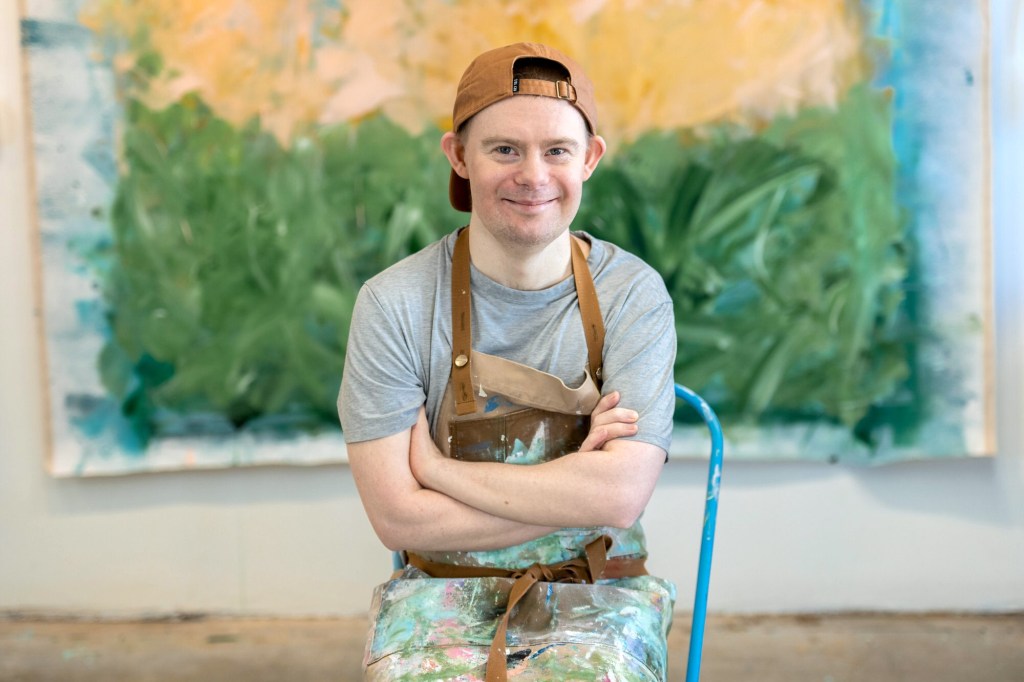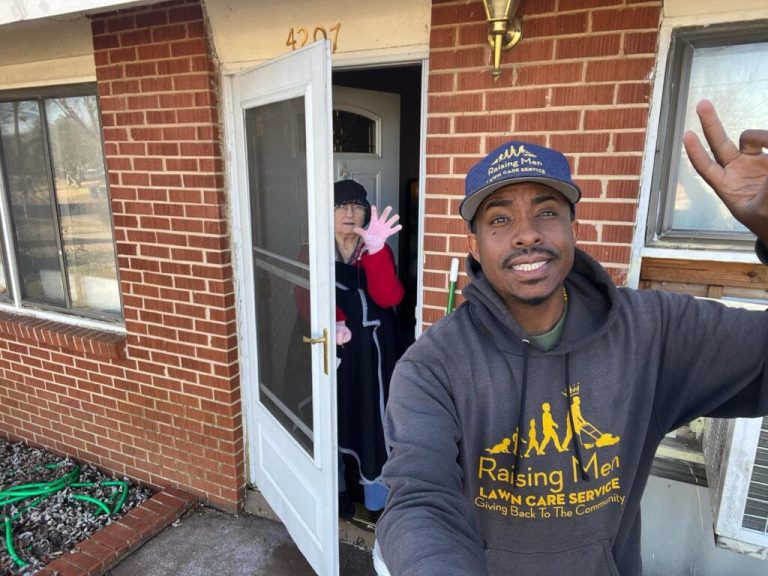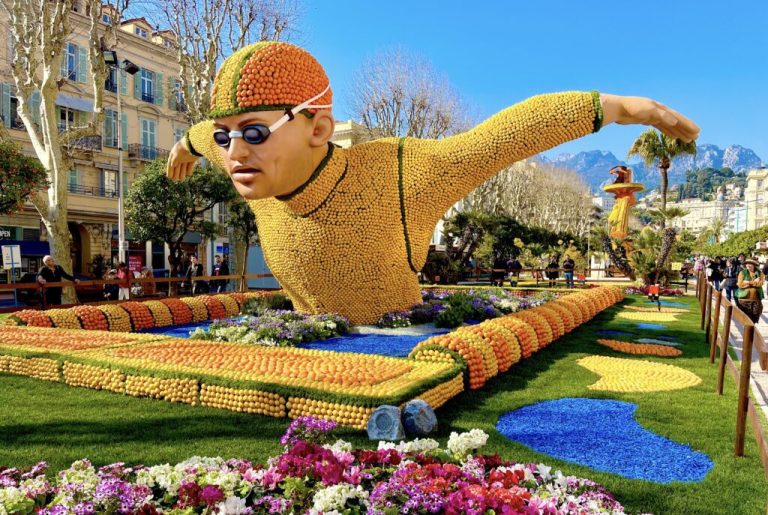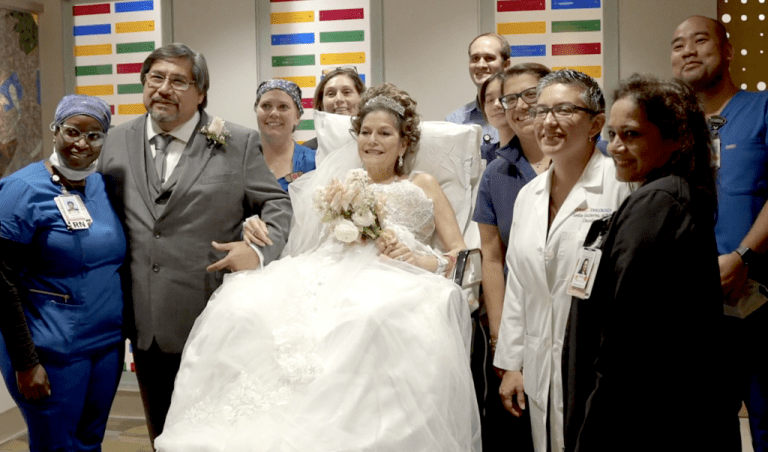Charlie French has a remarkable gift for transforming blank canvases into vibrant, textured works of art. But it’s not just his paintings that are inspiring — it’s his incredible journey through adversity that has touched hearts everywhere.
When he was 16, the abstract artist was diagnosed with Down syndrome regression disorder, or DSRD, a rare and mysterious condition that took away much of his ability to function and communicate. It causes some adolescents or young adults with Down syndrome to lose many of the skills they’ve previously learned, such as producing or understanding speech, dressing themselves, or the ability to walk or run. The deterioration can happen suddenly or over a few weeks to months.
“Charlie’s daily life was horrible,” his mother, Kiki French, told Nice News. “He was but a shell of his former self, as if a curtain had come down and we could not reach him, and he could not get to us.”
For Charlie, it meant living a “horrible existence” that lasted five long years until the condition and its consequences began to stabilize, Kiki said. During this time, art became Charlie’s source of healing and expression.
“I always enjoyed painting in school,” said Charlie, now 32. “When I got sick with Down syndrome regression disorder at 16, painting became therapy for me. In my 20s, painting became my passion. I took classes and worked with tutors.”
“Then I said, ‘I am an artist,’” Charlie added. “’It’s my job.’”

After spending time in London studying art, Charlie began painting professionally in 2017 when his parents renovated their garage into an art studio.
His artwork is known for its bright colors and geometric shapes, and he draws inspiration from fellow abstract artists, like Stanley Whitney and Cy Twombly. But his creative philosophy is a simple one: “Be free.”
“When I step up to a big, blank canvas,” he explained, “I always say: ‘Let go, be free!’”
These days, Charlie’s studio is his sanctuary, and he paints almost daily. His art has resonated with many on social media, especially Instagram, where he has nearly 100,000 followers. This online community has become essential to his life, providing both friendship and a sense of belonging.
“My friends on social media help me a lot,” he said. “They support me. They are kind, and that makes me feel good.”
Despite the ongoing challenges of DSRD, which still affects Charlie’s mood, communication, and mental health, he finds refuge in his art. “My purpose is to share the joy I feel when I paint,” he explained. “My struggles are mine. I do not want to share that. I only want to share my happiness.”
His paintings are a testament to the transformative power of art and the resilience of his spirit, and Kiki hopes his story will raise awareness about DSRD and lead to advances in treatment.
“Early research is showing that the faster individuals receive medical interventions, the better the outcome,” she said. “And that is good news.”
Kiki, who has a background in special education, said she has been both “fascinated” and “humbled” while learning about art — the world in which her son “finds joy, especially on challenging days.”
“Watching Charlie learn new skills and have such joy in his career has been tremendously rewarding,” Kiki shared. “It has been a wonderful journey together.”












